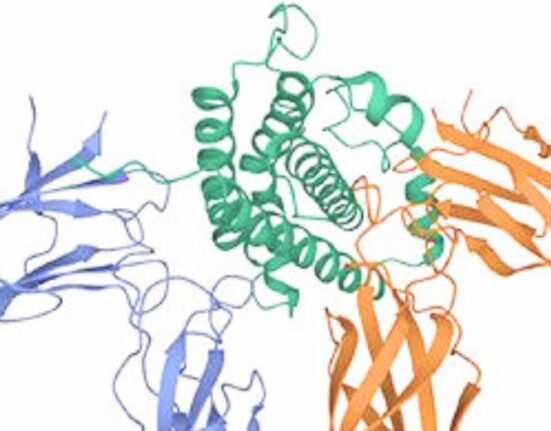HQ Team
February 12, 2024: Scientists have discovered five known cases of possible medically acquired Alzheimer’s disease after the patients have undergone previous treatments.
The disease is caused by the accumulation of amyloid-beta protein in the cells and is usually a sporadic condition in late adult life.
It is rarely an inherited condition that occurs due to a faulty gene. Beta-amyloid is chemically “sticky” and gradually builds up into plaques.
The UK study provides the first evidence of Alzheimer’s disease in living people that appears to have been medically acquired due to transmission of the amyloid-beta protein.
The amyloid β peptide (Aβ) is a critical initiator that triggers the progression of Alzheimer’s disease. Aβ accumulation is considered to be the distinct morphological hallmark of the early onset of the disease.
Insoluble plaques
Beta-amyloid is normally secreted from cells and degraded. In Alzheimer’s patients, it is secreted and aggregated into insoluble plaques that may be neurotoxic.
Amyloidosis is a rare disease that occurs when a protein called amyloid builds up in organs. The accumulation can prevent organs from working properly.
Organs that may be affected include the heart, kidneys, liver, spleen, nervous system and digestive tract.
John Collinge, MD, director of the University of College London Institute of Prion Diseases, who is the lead author said the five cases of death were referred to or reviewed by researchers and clinicians at a prion clinic.
“There is no suggestion whatsoever that Alzheimer’s disease can be transmitted between individuals during activities of daily life or routine medical care.
Surgical procedures
“The patients we have described were given a specific and long-discontinued medical treatment which involved injecting patients with material now known to have been contaminated with disease-related proteins.”
“However, the recognition of transmission of amyloid-beta pathology in these rare situations should lead us to review measures to prevent accidental transmission via other medical or surgical procedures, to prevent such cases occurring in future,” he, who is also the leader of the UK’s National Prion Clinic, said.
Experts have said one should exercise caution while interpreting the results of the study.
The five individuals received treatment with human growth hormone extracted from the pituitary glands of cadavers (c-hGH) when they were children.
Between 1958 and 1985, an estimated 30,000 people worldwide, mostly children, were treated with c-hGH for genetic disorders and growth hormone deficiencies.
Halted in 1985
The therapy was halted in 1985 after three patients in the US who received the treatment later died of Creutzfeldt-Jakob disease (CJD) transmitted.
The transmission occurred through batches of c-hGH that were contaminated with disease-causing prions — an abnormal pathogenic agent that may cause cellular death.
The new study builds on the investigators’ 2015 work that showed the batches of c-hGH also contained amyloid-beta protein and that the protein could be transmitted decades later.
Patients in the study developed neurologic symptoms consistent with Alzheimer’s disease between ages 38 and 55 years.
“Importantly, our findings also suggest that Alzheimer’s and some other neurological conditions share similar disease processes to CJD, and this may have important implications for understanding and treating Alzheimer’s disease in the future,” Collinge noted.
Mouse studies
The research builds on investigators’ previous 2015 work, which found that archived samples of c-hGH were also contaminated with amyloid-beta protein. In 2018, mouse studies showed that c-hGH samples stored for decades could still transmit amyloid-beta via injection.
Researchers said that the findings suggested that individuals exposed to contaminated c-hGH who did not die from CJD might eventually develop Alzheimer’s disease.
All patients in the study received c-hGH prepared using a method called Wilhelmi or Hartree-modified Wilhelmi preparation (HWP).
“Taken together, the only factor common to all of the patients whom we describe is treatment with the HWP subtype of c-hGH,” the authors wrote in a statement.
“Given the strong experimental evidence for (amyloid-beta) transmission from relevant archived HWP c-hGH batches, we conclude that this is the most plausible explanation for the findings observed.”
Sceptical
Mathias Jucker, PhD, of the Hertie Institute for Clinical Brain Research, University of Tübingen, Germany, and Lary C. Walker, PhD, in the Department of Neurology at Emory University, Atlanta, wrote that the findings should be considered “with a measure of scepticism.”
“The cases presented are diverse and complicated; the individuals had undergone a variety of medical interventions for various disorders earlier in life, and it is difficult to exclude a contribution of these circumstances to the complex disease phenotypes that appeared many years later,” they wrote in an editorial.
The findings were published online on January 29 in Nature Medicine.








